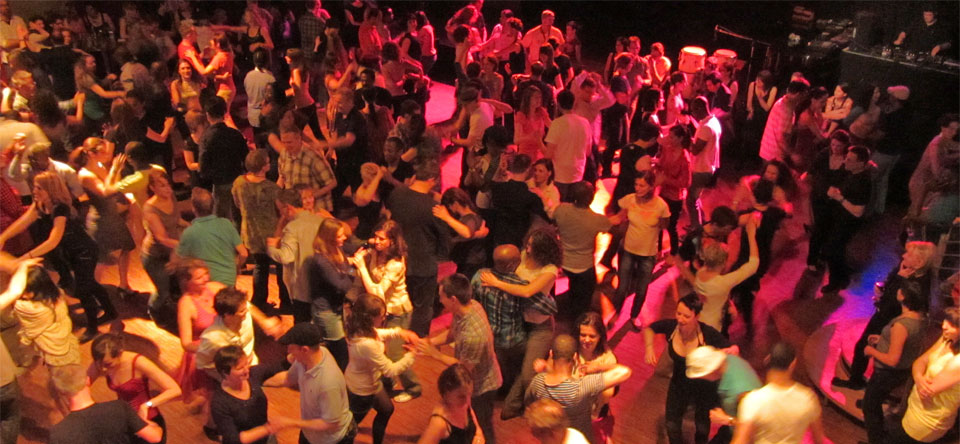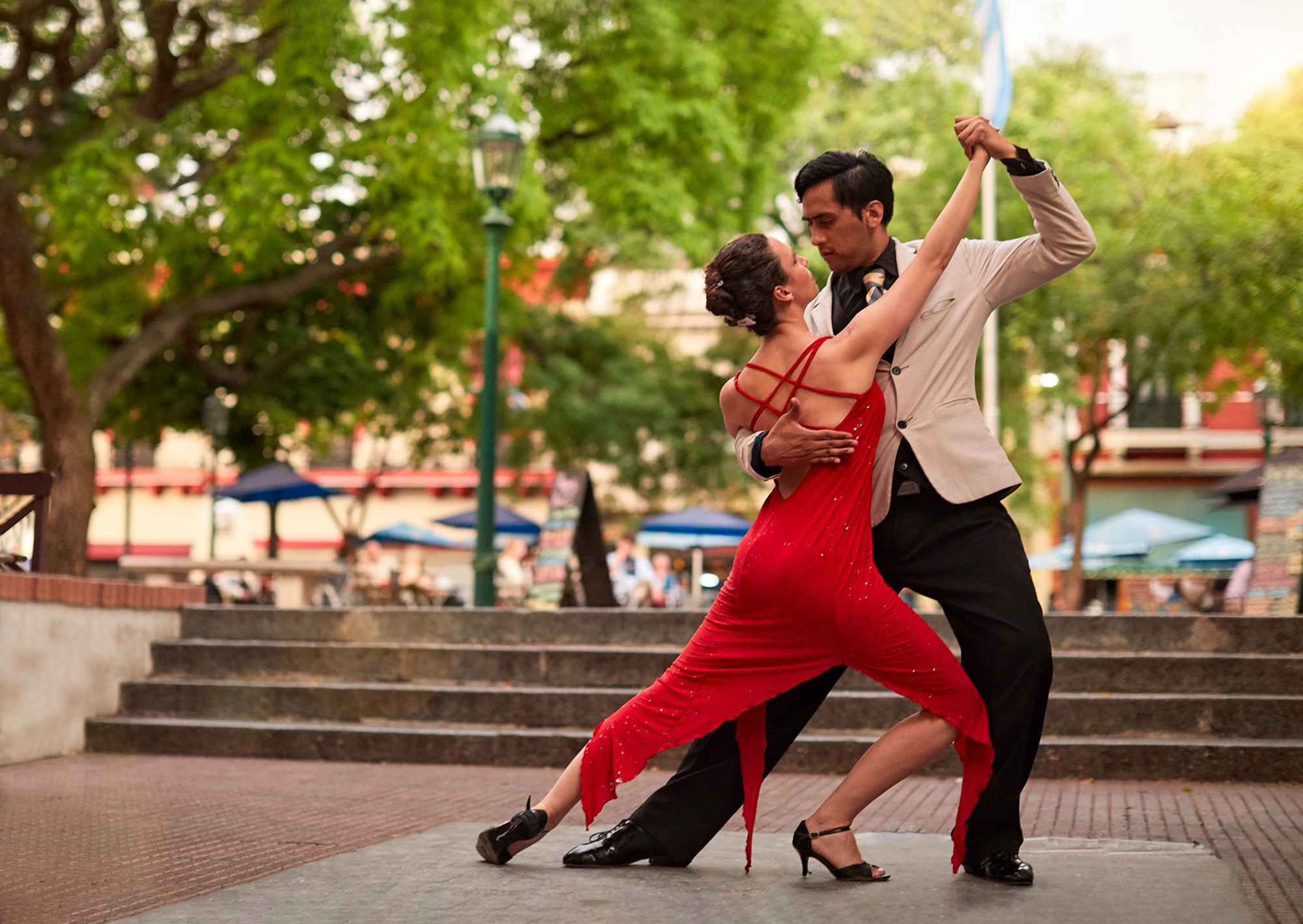Little Known Facts About Dance San Francisco.
Wiki Article
The Facts About Dance San Francisco Revealed
Table of ContentsExamine This Report on Dance San FranciscoDance San Francisco for DummiesOur Dance San Francisco IdeasDance San Francisco for Dummies
Let's consider Salsa dancing and songs as a terrific big Tree that appears like this: Salsa is danced global while many technological aspects of the dance are the same throughout styles (6 actions over 8 beats danced on a quick-quick-slow or slow-quick-quick rhythm), there are several "characteristic" functions of the main designs of Salsa that identify one from the other.Pairs taking part in a Casino site Rueda dance all relocate unison as called by a Leader. Distinct functions of Cuban style salsa are circular turn patterns (with "break back" steps on matters 1 and 5) as well as body language inspired by traditional Afro-Cuban folkloric dances. Distinguishing attributes of Cali design salsa fasts and detailed footwork, danced with a solid hand hold link between companions.
The origins of the style are a subject of argument, yet it is said that New York design Salsa dancing came from in the 1960's due to the influx of Latin American emigrants after the Cuban Change (salsa dancing sf). Eddie Torres is the most well understood New York design dancer, being practically generally credited with promoting the style to dance centres outside of New York
The fundamental rhythm of "On-2" is slow-quick-quick. The "youngest" of the designs of Salsa, L.A (https://www.mixcloud.com/dancesf/). Style (some individuals have called it "West Shore" style) became prominent in the 1990's and has its origins in ballroom (Mambo, Swing and Cha, Cha, Cha). Transform patterns lead and follow methods are heavily affected by these designs, with the Cross Body Lead being the cornerstone of the design
The Dance San Francisco Diaries
Design are execution of turn patterns and numbers in the "port", with the break steps on counts "1" and "5". This design is additionally identified by expensive and usually detailed arm designing by the follow to accent the "1" and "5" counts. The standard rhythm of "On-1" is quick-quick-slow. While Salsa songs has strong origins in Cuban, Colombian and Puerto-Rican folkoric traditions, it can not be marked down that all Afro-Latin and Latin American cultures have actually added to modern Salsa music as we understand it today.


The Ultimate Guide To Dance San Francisco
distinguishing features of Salsa songs are: 4/4 measure signature, Son Clave and Tumbao rhythms, Montuno Piano Unless you have a history in songs, the above 3 attributes most likely suggest absolutely nothing to you. An easier way to explain Salsa songs is how it does NOT seem like various other sorts of Latin American music.
It's time for lessons. With a lot of workshops around and different designs to select from, where does a full rookie begin? Most brand-new professional dancers select to discover L.A. "On-1" style slotted Salsa styles are the most common in The United States and Canada (with some exemptions of some city centres that still predominantly accept Cuban and Puerto Rican designs) and L.A.
.A. Design will swiftly educate you the basics of Salsa timing, weight transfer and transform pattern implementation. Lots of professional dancers, when they've had a year or 2 of dancing L.A. Style Salsa under their belts, "button" to New york city design in order to diversify their dance vocabulary; but numerous professional dancers decide to stay with just one style of Salsa and enjoy their time on the dancing flooring because specific style. salsa dancing sf.
Style and New York City Design all being danced in the same club, with a number of the professional dancers having the ability to switch from one style to the other from one tune to the next. salsa dancing sf. No matter which design you pick it is essential to stick to that design up until you're extremely comfortable with the basics of timing, body this post rhythm and foundation move implementation before taking into consideration "switching" designs (if you wish to)
Once you start lessons prepare to dedicate energy and time to finding out how to dance in general it takes a full novice (i. e., someone with little or no dance experience) about 6 months of proactively taking lessons and going out and exercising at the very least twice a week to obtain to a factor where pattern execution starts to really feel "natural".
Report this wiki page